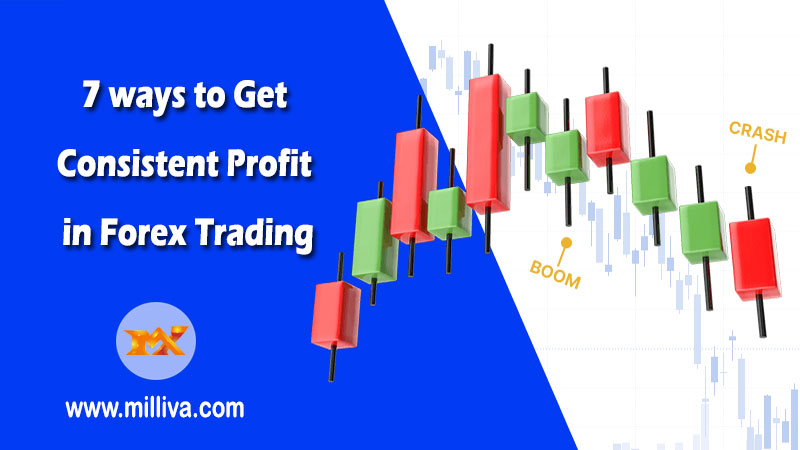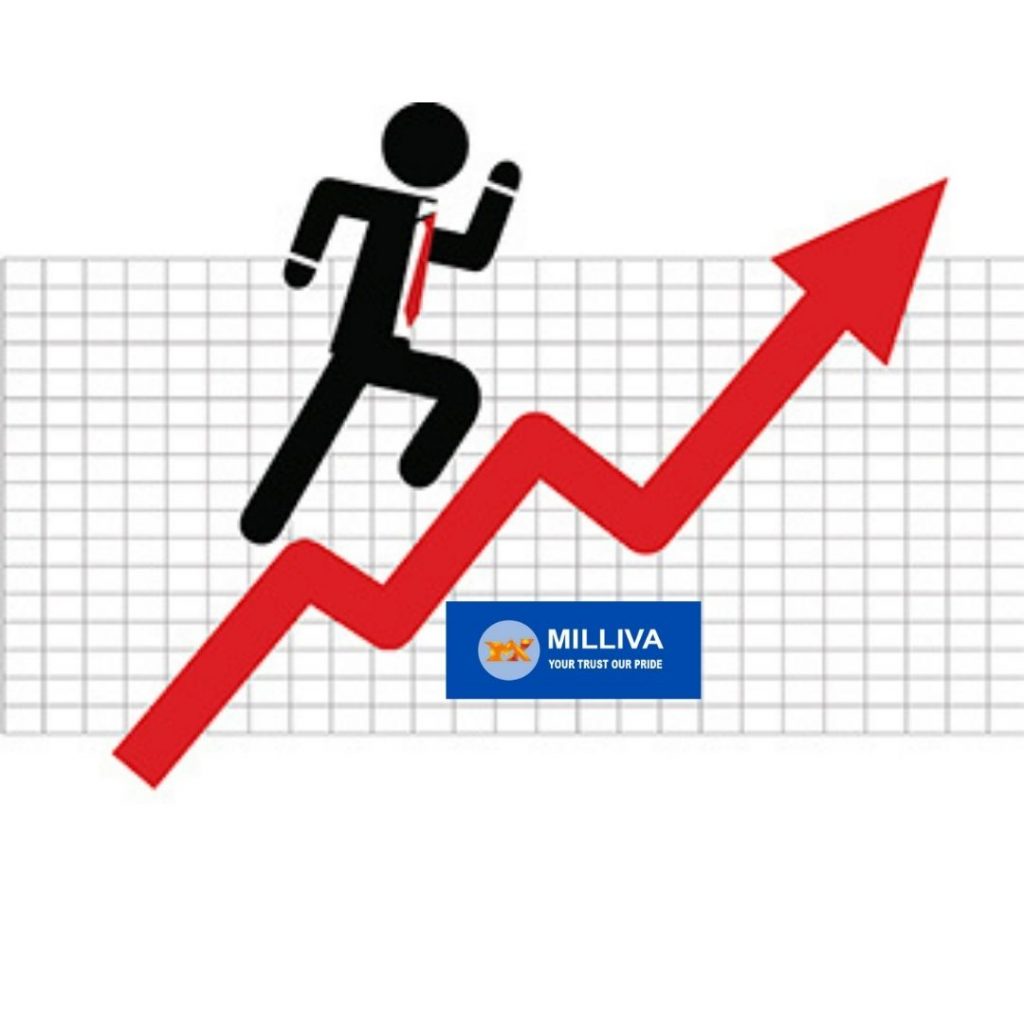7 Ways to Get Consistent Profit in Forex Trading

![]()
Several tactics for Consistent profit in Forex nevertheless, in this post, we will highlight seven of the most significant ones
Consistent Profit in Forex Trading
Developing and putting a consistent trading strategy to the test
Setting a risk/reward ratio of at least 1:2
Setting profit goals. Using high leverage as little as possible.Not putting more than 5% of your trading money into each deal.Maintaining a trade journal Conducting frequent fundamental research
Developing and putting consistent trading strategy to the test. Discussing how to create a continuous profit in Forex the first logical step must be to select a trading strategy. There are various alternatives, but they all fall into one of the following categories:
Trading on a Scalping Day
And Trading in swings
Trading for the long haul
The most significant distinction between the groups is the timeframe. Scalping occurs when positions are opened and closed within a 1 to 15-minute span. As the name implies, day trading often entails closing all open deals before the conclusion of the business day.
In the case of Swing trading method traders typically hold their positions open for many days to a few weeks. Long term trading, on the other hand, often entails deals that last for several months.
Following this choice, the next natural step is to select one or more trading strategies. Some traders may prefer Bollinger bands moving averages or other technical indicators but others place a greater emphasis on economic news and other fundamentals. The most essential thing here is to put those tactics to the test. Backtesting is one of the most important strategies for accomplishing this.

Setting a Risk/Reward Ratio of at Least 1:2
Traders are not assured that they would constantly win more than half of their deals. However, one possible solution to this issue is to select a risk/reward ratio of 1:2 or greater. For example, if a trader wants to make 100 pips from a certain position, he or she would consider placing a stop-loss order below 50 pips from the current market price. This may be quite beneficial in the sense that it allows market players to gain money.
Setting Attainable Profit Goals
Unfortunately, determining the appropriate risk/reward ratios may not be sufficient for developing a profitable Forex strategy. Setting reasonable profit objectives is another crucial component of this entire process.
The average daily volatility of each currency pair varies. For example, the EUR/CHF may change by 50 to 55 pips on average during the day. As a result, setting a daily profit objective of 100 pips with this pair may be unrealistic. Other currency pairings, such as GBP/AUD or GBP/NZD, can achieve such lofty targets, with daily variations ranging from 190 to 210 pips.
Using High Leverage as Little as Possible
It is no surprise that many financial analysts refer to leverage as a two-edged sword. The issue is that overleveraged trading can quickly result in huge losses that are difficult to recover from.
In the instance of 400:1 leverage, for example, if the market moves against the opened position by 0.25 percent, it may be enough to wipe out the entire transaction, resulting in the trader losing his or her entire investment.
As a consequence of US regulatory revisions, the maximum level of leverage employed with major currency pairings is limited to 50:1 and 30:1 for minor currency pairs. Even 50:1 leverage can pose a major risk to a trader’s trading capital, as it only takes a 2% negative move for a trader to lose his or her investment.
As a result, some traders, particularly beginners, may consider utilising 1:10 or lower leverage to mitigate such risks.
Conducting Routine Basic Research
Staying current on economic trends is the final step in maybe achieving a consistently effective trading experience. Clearly, keeping track of dozens of currencies can be difficult; however, a trader can begin by studying the 8 major currencies that comprise the Forex Majors, paying attention to the latest Gross Domestic Product (GDP), Consumer Price Index (CPI), Unemployment rate, and other important releases, as well as interest rate decisions.

visit us on: www.milliva.com





